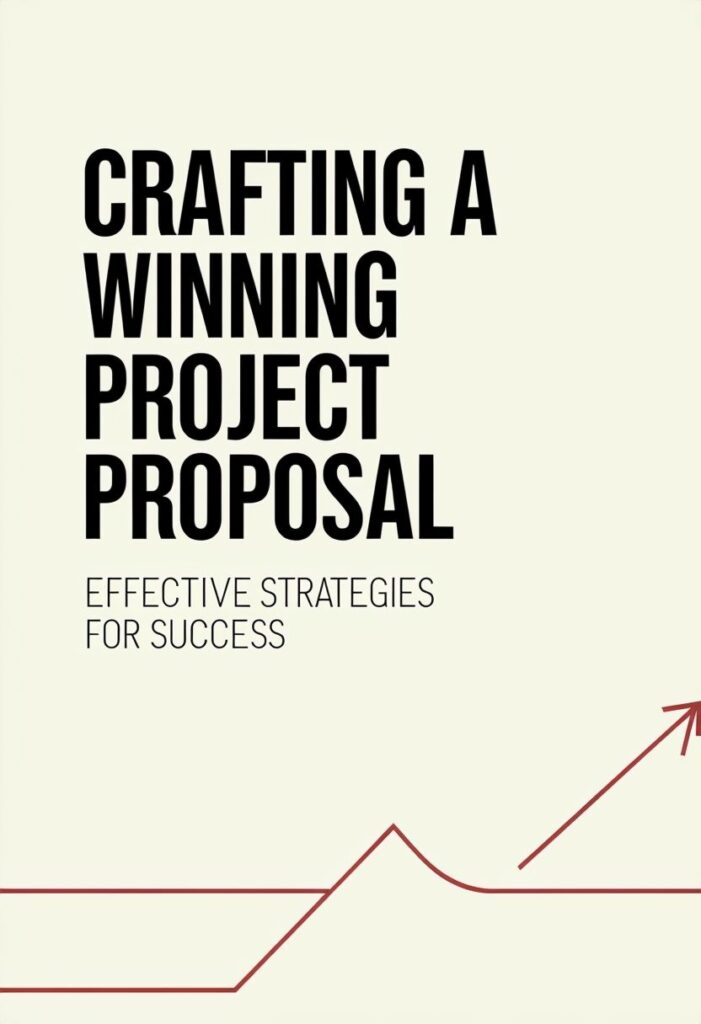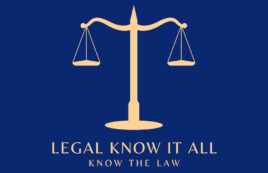Writing a project proposal is a critical step in getting any project off the ground. Whether you’re working in business, software development, or even construction, a well-crafted proposal communicates your vision, outlines your plan, and persuades stakeholders to give the green light. But it’s not just about having a great idea; the way you present your proposal can be the difference between success and failure.

By breaking down the process into manageable steps, you’ll be able to craft a clear and compelling proposal that stands out. Whether you’re presenting a business proposal for a client, developing a software proposal, or submitting a building proposal, having a solid structure is key. As you go through this guide, we’ll also touch on important considerations, such as potential legal challenges you may face—something you can better prepare for with expert legal resources.
What is a Project Proposal?
A project proposal is a comprehensive document that outlines your project’s objectives, the approach you’ll take to achieve them, and the resources you’ll need. It serves as a blueprint for your entire project, helping you communicate your plan to stakeholders, decision-makers, or investors. Whether you’re creating a business proposal presentation for a client, a software proposal for a tech company, or a building proposal, the goal is to convince others that your project is worth pursuing.
Project proposals aren’t just about ideas—they’re about structure and feasibility. A well-written proposal demonstrates that you’ve thought through the project in detail, from defining the problem to delivering the solution. When done right, it can secure funding, gain stakeholder buy-in, or win contracts.
Remember, if legal complexities arise during your project, it’s essential to know your rights. For example, understanding how legal loopholes work can be an advantage when navigating regulatory challenges.

The 4 Essential Elements of a Project Proposal
To craft a winning project proposal, it’s important to include the following four key elements. Each part plays a critical role in conveying the value, scope, and feasibility of your project:
- Project Objectives
Clearly define what you aim to accomplish with the project. Your objectives should be specific, measurable, and aligned with the overall goals of your organization or client. Whether it’s improving efficiency in a software project or delivering on time within a building proposal, having clear objectives sets the foundation for success. - Scope of Work
Outline the tasks, deliverables, and responsibilities that will be undertaken during the project. The scope should detail the resources required—whether it’s manpower, materials, or software tools—and explain how each task contributes to achieving the project’s goals. - Timeline
Provide a detailed timeline that includes key milestones and deadlines. Break the project into phases, showing stakeholders how and when you plan to complete each part of the project. A well-structured timeline demonstrates that you’ve thought through the process and can meet expectations. - Budget
The budget section should detail all costs associated with the project, including labor, materials, and any other resources. A transparent budget not only ensures that you’re prepared for expenses but also builds trust with your stakeholders by showing fiscal responsibility.
For projects involving legal considerations, knowing what to expect ahead of time can make a big difference. Be sure to check out these DIY legal books to empower yourself with knowledge and stay prepared.
Structure of a Winning Project Proposal
A well-structured project proposal helps convey your plan clearly and persuasively. Following a standard structure ensures that your proposal is easy to follow and covers all necessary aspects. Here’s how to organize your proposal for maximum impact:
- Introduction
Start with a brief overview of the project. Introduce the purpose of the project, the problem it aims to solve, or the opportunity it will capitalize on. This is your chance to capture attention and set the tone for the rest of the proposal. - Problem Statement
Clearly define the problem or need that your project addresses. Whether you’re outlining a software proposal or a building project, identifying the specific issue that requires a solution makes your proposal more compelling. Demonstrate how this problem affects stakeholders and why it needs to be resolved. - Proposed Solution
After stating the problem, outline your proposed solution. Detail how your project will address the problem and what methods or resources you will use. Explain why your approach is the best solution and how it aligns with your project objectives. For complex projects, it might be helpful to consider expert guidance, such as how to choose the best attorney for your case in legal matters. - Project Plan
This section should include the specifics of your project: the timeline, resources, team members, and detailed steps for completion. Break down the project into phases or milestones to give stakeholders a clear picture of how the project will progress. - Conclusion
Summarize the benefits of your project and how it solves the problem. End with a call to action, encouraging stakeholders to approve and support your proposal.
Having a solid structure helps ensure your proposal is clear, concise, and easy to navigate for decision-makers.
The 5 Phases of a Project Proposal
Every successful project follows a process, and a project proposal should outline the five phases of project management. This framework ensures that the project runs smoothly from start to finish and helps stakeholders understand the journey.
- Initiation
This is the phase where you define the project’s goals and identify key stakeholders. In this stage, you’re establishing the high-level project plan and setting the foundation. It’s also the time to assess any risks or challenges that might arise. For example, if your project requires navigating legal hurdles, understanding how to handle those challenges early on is crucial. You can prepare by knowing what criminal charges disqualify you from certain benefits or how legal issues could affect your project. - Planning
During the planning phase, you outline the project in more detail. Develop a comprehensive schedule, define the scope of work, and allocate resources such as team members, materials, and budget. This phase requires precision because it determines how the project will unfold. - Execution
In the execution phase, the project plan is put into action. You’ll assign tasks, manage your team, and begin work on the deliverables. Keeping everyone aligned with the project objectives is key during this phase to ensure the project stays on track. - Monitoring
While the project is underway, it’s essential to monitor progress and adjust as needed. Tracking milestones, managing timelines, and maintaining communication with stakeholders are important to ensure that the project is progressing as planned. - Closure
In the final phase, the project is completed, and the deliverables are handed over to the client or stakeholders. Review the project’s success and document any lessons learned for future reference.
If legal issues arise during any of these phases, having the right legal knowledge can save time and money. Familiarize yourself with what to do if you’re stopped by the police to ensure you can handle unexpected challenges during the project.
Tips for an Effective Business Proposal Presentation
Once your project proposal is structured and written, the next step is presenting it effectively. A business proposal presentation needs to capture attention, convey the key points clearly, and leave a lasting impression. Here are some tips for delivering a winning presentation:
- Know Your Audience
Tailor your presentation to address the specific needs and concerns of your stakeholders. Understand what they care about most—whether it’s the return on investment, timeline, or risk management—and focus on those aspects. - Keep It Simple and Clear
Avoid using jargon or overly complex language. Your audience may not have technical expertise, so make sure your explanation of the project is easy to understand. Use clear, straightforward language to communicate your main points. - Use Visual Aids
Charts, graphs, and visuals can help illustrate complex data or timelines in a way that’s easy to digest. A well-designed slide deck can help support your message and keep the audience engaged. - Highlight Key Benefits
Make sure to emphasize how your project will provide value and solve the problem you’ve identified. Focus on the benefits and how your solution is the best path forward. For example, if your project involves overcoming legal challenges, having a strong legal strategy can be a major advantage. Learn more about legal loopholes and how to use them to gain an edge in your proposal. - Practice and Rehearse
Practice your presentation ahead of time to ensure you can deliver it smoothly and confidently. Anticipate any questions your audience may have and be prepared with answers.
By following these tips, you can create a compelling presentation that captures your audience’s attention and increases your chances of securing approval for your project.
As an Amazon Associate we earn from qualifying purchases through some links in our articles.




